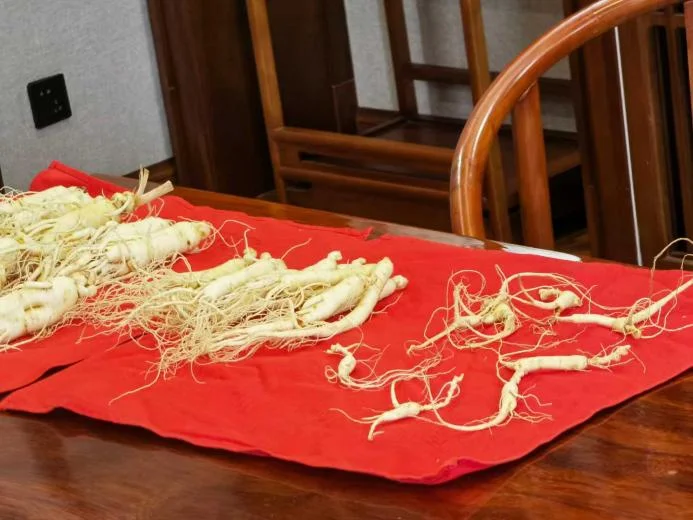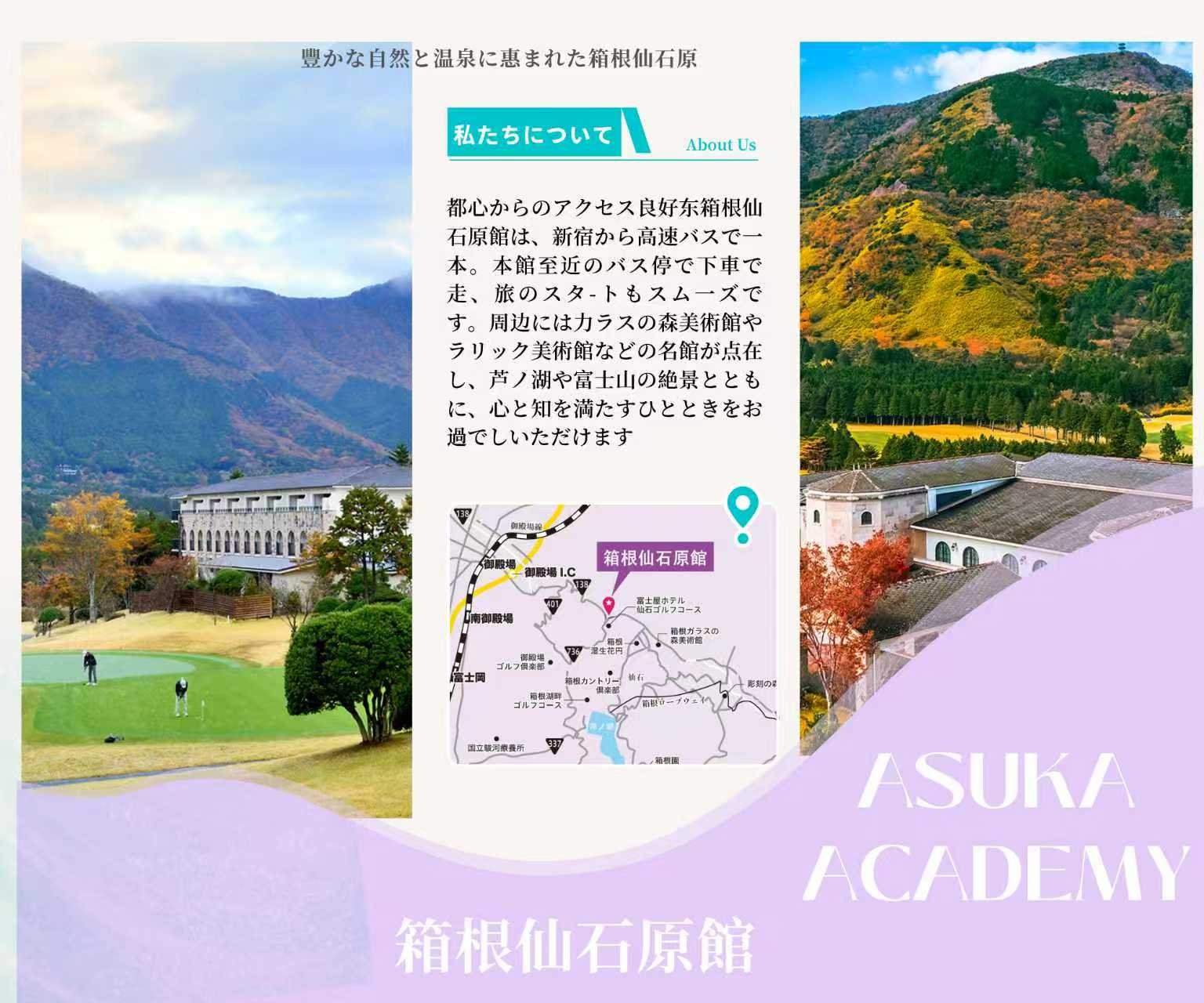Throughout the long course of human history, herbal plants have played a crucial role in connecting people with nature. Among them, ginseng, known as the “King of Herbs,” has stood out for its powerful restorative effects and mysterious medicinal value, becoming an irreplaceable treasure in traditional Eastern medicine. Among the many ginseng-producing regions in China, ginseng from Jilin Province is undoubtedly the most renowned, carrying both the blessings of nature and the weight of cultural heritage.

I. A Gift of Nature and Earthly Essence
Jilin, located in northeastern China, features a temperate continental climate with four distinct seasons and rainfall synchronized with warmth. The Changbai Mountains, in particular, boast high altitudes, dense forests, fertile soil, and humid conditions—an ideal natural environment for ginseng cultivation. The region’s volcanic black calcium soil and humus-rich earth are packed with organic matter and trace elements, creating optimal growing conditions for ginseng.
Ginseng produced here has thick roots, firm texture, a rich aroma, and a high concentration of ginsenosides, ensuring stable medicinal effects. As early as ancient times, it was regarded as a tribute product reserved for royal use. In the Shennong Bencao Jing (The Divine Farmer’s Materia Medica), ginseng is described as a “superior herb,” believed to “nourish the five internal organs, calm the spirit, stop palpitations, dispel evil energy, and prolong life when taken regularly.”
II. A Culture Rooted in Millennia
Ginseng’s history dates back thousands of years. Ancient ethnic groups in northeastern China discovered its tonic properties during their hunting and herb-gathering activities and gradually incorporated it into medical and wellness practices. By the Qing Dynasty, Jilin had become known as the “hometown of ginseng,” and ginseng harvesting evolved into both an industry and a cultural phenomenon.
Among the many migrants who ventured northeast during the “Chuang Guandong” (Northeast Migration) movement, a significant number came in search of “bangchui” (a local term for ginseng). This gave rise to unique regional traditions such as the “Ginseng Foremen” and “Mountain Harvesters” culture. These foragers roamed ancient forests with ginseng spades on their shoulders and dry rations on their backs, chanting “Ginseng King Mantras” as a gesture of reverence to nature and hope for a bountiful harvest. Over time, a comprehensive industry chain of “searching, harvesting, cleaning, drying, storing, and selling” was formed.
This cultural memory is still alive in many parts of Jilin today. Places like Yanbian, Fusong, and Ji’an continue to celebrate traditional “Mountain Harvest Festivals” and “Ginseng King Ceremonies,” which have become highlights of local tourism and cultural promotion.
III. From Medicine to Wellness: A New Chapter in the Ginseng Industry
In modern times, the ginseng industry has transformed from wild harvesting to cultivated farming, and from purely medicinal use to a broader health-oriented market. Today, Jilin is the largest ginseng planting and export base in China, accounting for more than 85% of the country’s total ginseng output. Major production areas include Tonghua, Baishan, Yanbian, and Jilin City, with well-known brands such as “Ji’an Dried Ginseng,” “Fusong Wild Ginseng,” and “Jiaohe Forest-Grown Ginseng.”
Jilin leads the nation in ginseng deep processing as well. A wide range of products—such as ginseng wine, ginsenosides, ginseng skincare products, and ginseng beverages—are continuously introduced to meet domestic demand and are also exported to East Asia, Europe, and North America. The ginseng industry has transitioned from a traditional “medicinal economy” to a modern “health economy” and “green economy.”
Meanwhile, Jilin is actively promoting the integration of traditional Chinese medicine with tourism by developing attractions like the “Ginseng Culture Museum” and “Ginseng Harvest Experience Parks,” allowing visitors to enjoy the natural beauty of the forests while gaining deeper insights into the history, culture, and wellness wisdom of ginseng.
IV. The Future of Ginseng: From Local Treasure to Global Icon
“World ginseng looks to China, and Chinese ginseng looks to Jilin.” As a vital part of traditional Chinese medicine, ginseng’s value is increasingly recognized by modern science. Notably, the ginseng industry has made significant strides in internationalization in recent years. From January to July 2024, Jilin Province exported ginseng-related products worth 76.28 million yuan. Major export destinations included Italy, France, Germany, and Spain, while ginseng extracts were primarily shipped to South Korea, Japan, the United States, Australia, and Malaysia. These exports have brought considerable economic benefits to the industry and enhanced the global reputation of Chinese agricultural products.
Looking ahead, ginseng will no longer be just a wild root hidden deep in the northeastern forests. It will become a bridge between Eastern herbal wisdom and modern health concepts. Ginseng represents more than its medicinal properties—it stands for ecological values, cultural heritage, and regional revitalization.




